Sea freight between China and South Africa is a cornerstone of international trade, enabling the efficient movement of large volumes of goods and fostering robust economic relationships between these two countries. In this blog, we will delve into the importance of this trade route, highlighting its role in the global supply chain and its impact on both economies. We will cover crucial topics such as the major ports involved, common shipping routes and transit times, types of sea freight services available, and the various factors influencing costs. Additionally, we will discuss the documentation and customs requirements, challenges faced in the shipping process, and best practices for achieving efficient and reliable logistics. By understanding these elements, businesses can optimize their shipping strategies and ensure smooth, cost-effective operations.
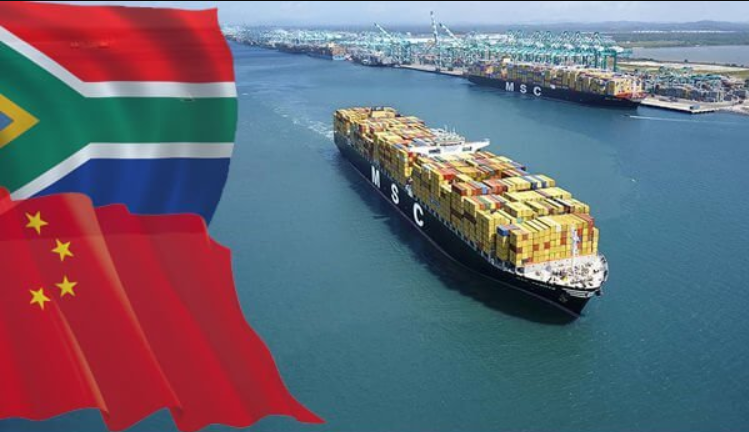
Key Ports in China and South Africa
Major Ports in China
China boasts some of the largest and busiest ports in the world, which are integral to its export-dominated economy. Key ports include:
- Port of Shanghai: As the busiest container port in the world, the Port of Shanghai handles over 40 million TEUs (Twenty-Foot Equivalent Units) annually.
- Port of Shenzhen: This port is a vital gateway for exports and imports in Southern China, handling around 27 million TEUs per year.
- Port of Ningbo-Zhoushan: Known for its deep-water capabilities, this port is essential for bulk cargo and containerized goods, with an annual throughput of approximately 28 million TEUs.
- Port of Guangzhou: Located in the Pearl River Delta, this port is a significant hub for international trade, managing around 23 million TEUs annually.
- Port of Qingdao: Serving the northern regions, this port handles about 21 million TEUs per year and is a critical point for imports and exports.
Main Ports in South Africa
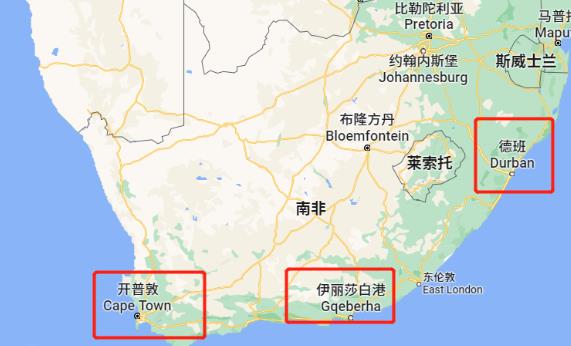
South Africa’s ports are pivotal to its international trade, with the primary ones being:
- Port of Durban: The busiest port in South Africa and the largest in the Southern Hemisphere, handling over 2.7 million TEUs annually.
- Port of Cape Town: Known for its strategic position for trade with Europe and the Americas, it handles around 1 million TEUs every year.
- Port of Ngqura: A relatively new port, it is part of the Coega Industrial Development Zone and handles around 800,000 TEUs annually.
- Port of Richards Bay: Specializing in bulk cargo, particularly coal, it is one of the largest bulk ports in the world.
Shipping Routes and Transit Times
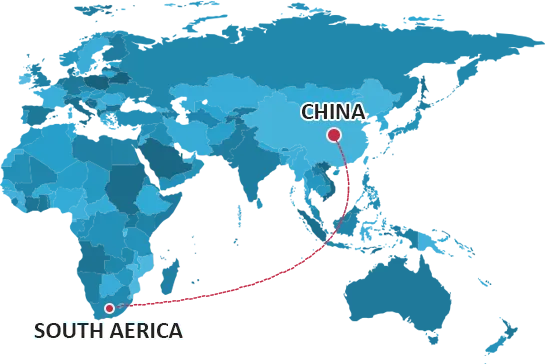
Common Shipping Lanes
Shipping routes between China and South Africa typically traverse the Indian Ocean, passing through major maritime chokepoints such as the Malacca Strait and the Cape of Good Hope. The most common shipping lanes include:
- East China Sea to the Indian Ocean: Routes originating from major Chinese ports like Shanghai and Ningbo, moving through the Taiwan Strait, and across the Indian Ocean towards Durban.
- South China Sea to the Indian Ocean: Routes starting from ports like Shenzhen and Guangzhou, passing through the Strait of Malacca, and heading towards Cape Town.
Average Transit Times for Different Routes
The average transit times for sea freight from China to South Africa can vary based on the specific ports of departure and arrival, as well as the chosen shipping lane. Generally, the transit times are as follows:
| Departure Port | Arrival Port | Average Transit Time |
|---|---|---|
| Port of Shanghai | Port of Durban | 22-28 days |
| Port of Shenzhen | Port of Cape Town | 21-25 days |
| Port of Ningbo-Zhoushan | Port of Ngqura | 23-30 days |
| Port of Guangzhou | Port of Richards Bay | 24-31 days |
Factors Affecting Transit Times
Several factors can influence the transit times for sea freight between China and South Africa:
- Weather Conditions: Severe weather, including typhoons and storms, can cause delays.
- Port Congestion: High traffic volumes at ports can lead to longer waiting times for berthing and unloading.
- Customs Clearance: Delays in customs processing can add to the overall transit time.
- Shipping Lane Traffic: Busy maritime routes may lead to slower transit speeds due to congestion.
- Vessel Speed and Schedule: The speed of the vessel and adherence to schedule can impact transit times.
By understanding these factors, businesses can better plan their logistics and ensure timely delivery of goods. For efficient and reliable sea freight services, partnering with a trustworthy freight forwarder like Dantful International Logistics is essential.
For more details on shipping routes and transit times, you can refer to the Shipping From China To South Africa.
Types of Sea Freight Services
Full Container Load (FCL)
Full Container Load (FCL) refers to a shipping method where the entire container is used for a single shipment, providing exclusive use to the shipper. This method is ideal for businesses with large cargo volumes that can fill an entire container. FCL offers several advantages:
- Cost Efficiency: Per unit shipping cost is generally lower due to the volume.
- Security and Safety: Cargo is less likely to be damaged or tampered with as it is not shared with other shippers.
- Faster Transit: FCL shipments typically experience fewer delays compared to Less than Container Load (LCL) shipments.
Less than Container Load (LCL)
Less than Container Load (LCL) is a shipping method where cargo from multiple shippers is consolidated into a single container. This is suitable for businesses that do not have enough goods to fill an entire container. LCL offers several benefits:
- Cost-Effective for Small Shipments: Allows shippers to pay only for the space they use.
- Flexibility: Ideal for smaller businesses or those with sporadic shipping needs.
- Reduced Inventory Costs: Enables more frequent shipments, reducing the need for large inventory storage.
Break Bulk and Project Cargo
Break Bulk refers to cargo that is too large or heavy to be shipped in standard containers and must be loaded individually. Project Cargo involves the transport of complex, high-value, or heavy-lift items such as machinery, construction equipment, or industrial plants. These methods require specialized handling and equipment, providing benefits such as:
- Customized Solutions: Tailored logistics plans to suit unique cargo requirements.
- Specialized Handling: Expert management of oversized and heavy items, ensuring safety and compliance.
- Flexibility: Suitable for a wide range of industries including construction, oil and gas, and manufacturing.
READ MORE:
- Shipping From China To Algeria
- Shipping From China To Angola
- Shipping From China To Morocco
- Shipping From China To Nigeria
- Shipping From China To Kenya
- Shipping From China To Tanzania
- Shipping From China To South Africa
Costs and Pricing Factors
Average Shipping Rates
The cost of sea freight from China to South Africa can vary based on several factors such as the volume of goods, shipping method (FCL or LCL), and the specific ports involved. As of 2023, the average shipping rates for a 20-foot container (FCL) from Chinese ports to South African ports range between $2,000 to $3,500, while LCL rates are typically calculated on a per-cubic-meter basis, ranging from $100 to $200 per cubic meter.
Factors Influencing Costs
Several factors can influence the overall shipping costs:
- Fuel Prices: Fluctuations in fuel costs can significantly impact shipping rates.
- Port Fees: Charges for loading, unloading, and handling at ports can vary.
- Distance and Route: Longer distances and less direct routes generally result in higher costs.
- Seasonality: Peak seasons and holidays can lead to higher demand and increased rates.
- Container Type and Size: Different container sizes and types (e.g., refrigerated containers) can affect pricing.
Additional Fees and Surcharges
Apart from the base shipping rates, there are additional fees and surcharges that shippers need to consider:
- Bunker Adjustment Factor (BAF): Adjusts for fuel price fluctuations.
- Currency Adjustment Factor (CAF): Compensates for currency exchange rate variations.
- Port Congestion Surcharge: Applied when ports are congested, causing delays.
- Security Surcharge: Covers costs related to cargo security measures.
- Documentation Fees: Costs associated with preparing and processing shipping documents.
These additional fees and surcharges can vary by carrier and route, so it is essential to get detailed quotes from reliable freight forwarders like Dantful International Logistics.
Documentation and Customs Requirements

Essential Shipping Documents
Accurate and complete documentation is critical for smooth customs clearance and compliance. Key shipping documents include:
- Bill of Lading (B/L): A contract between the shipper and carrier detailing the shipment specifics.
- Commercial Invoice: Provides a detailed description of the goods, their value, and terms of sale.
- Packing List: Lists the contents, dimensions, and weight of each package.
- Certificate of Origin: Certifies the origin of the goods being shipped.
- Import/Export Licenses: Required for certain regulated goods.
Customs Clearance Process in South Africa
The customs clearance process in South Africa involves several steps to ensure compliance with national regulations:
- Submission of Documents: All required documents must be submitted to South African Customs electronically or in paper form.
- Customs Inspection: Goods may be subject to physical inspection to verify compliance.
- Payment of Duties and Taxes: Import duties, VAT, and other applicable taxes must be paid prior to release of goods.
- Release of Goods: Once all requirements are met, goods are cleared for entry into the country.
Import Duties and Taxes
Import duties and taxes in South Africa are calculated based on the Harmonized System (HS) code of the goods, the Customs Value, and the applicable duty rates. Key taxes include:
- Customs Duties: Vary by product type and HS code.
- Value Added Tax (VAT): Currently set at 15% on the Customs Value plus duties.
- Excise Duties: Applied to specific goods like alcohol and tobacco.
Understanding the documentation and customs requirements is essential for ensuring smooth and compliant importation of goods. Partnering with a knowledgeable freight forwarder such as Dantful International Logistics can help navigate these complex processes efficiently.
For more detailed information on documentation and customs processes, you can refer to the South African Revenue Service (SARS) official website.
Challenges and Considerations
Port Congestion Issues
Port congestion is a significant challenge in global shipping, particularly for busy trade routes such as those between China and South Africa. Congestion occurs when ports receive more cargo than they can handle efficiently, leading to delays in unloading and loading vessels. Factors contributing to port congestion include:
- High Cargo Volumes: Surges in global trade can overwhelm port capacities.
- Inefficient Infrastructure: Limited berthing spaces and outdated handling equipment can exacerbate congestion.
- Labor Disputes: Strikes or labor shortages can slow down port operations.
Port congestion can lead to increased costs due to demurrage (charges for containers staying at the port beyond the free period) and detention (charges for extended use of the carrier’s equipment). To mitigate these issues, it’s essential to plan shipping schedules well in advance and work with a freight forwarder experienced in navigating congested ports.
Seasonal Fluctuations in Demand
Seasonal fluctuations affect demand for shipping services, impacting costs and transit times. Key periods include:
- Peak Season: Typically from August to October, coinciding with the lead-up to major global holidays, such as Christmas and Chinese New Year. During this period, shipping rates can increase significantly due to high demand.
- Off-Peak Season: From January to March, shipping demand usually drops, leading to lower rates and more available capacity.
Understanding these seasonal trends allows businesses to optimize their shipping schedules and budget effectively. Planning shipments during off-peak periods can result in cost savings and more reliable transit times.
Weather-Related Delays
Weather conditions can significantly impact sea freight operations, causing delays and posing risks to cargo safety. Key weather-related challenges include:
- Typhoons and Storms: Common in the Asia-Pacific region, these can delay vessels, damage cargo, and disrupt port operations.
- Heavy Rainfall and Flooding: Can affect port infrastructure and accessibility.
- High Winds and Rough Seas: Can slow down vessel speeds and increase transit times.
To mitigate weather-related delays, it is crucial to stay informed about weather forecasts and choose shipping routes and schedules that minimize exposure to severe weather conditions. Partnering with a reliable freight forwarder like Dantful International Logistics can provide access to advanced weather tracking and contingency planning.
Choosing a Freight Forwarder
Importance of Selecting a Reliable Partner
Choosing the right freight forwarder is critical for ensuring the smooth and efficient transport of goods. A reliable forwarder can provide:
- Expertise and Experience: Knowledge of international shipping regulations, customs procedures, and best practices.
- Efficiency and Reliability: Proven track record of timely deliveries and problem-solving capabilities.
- Comprehensive Services: Access to a range of logistics services, from warehousing to distribution.
Key Factors to Consider When Choosing a Forwarder
When selecting a freight forwarder, consider the following factors:
- Reputation and References: Look for positive reviews and testimonials from other clients.
- Network and Reach: Ensure the forwarder has a robust network of partners and agents in both origin and destination countries.
- Service Offerings: Check if the forwarder provides comprehensive services, including customs clearance, warehousing, and insurance services.
- Technology and Tracking: Availability of advanced tracking and visibility solutions to monitor shipments in real-time.
- Cost and Transparency: Clear and competitive pricing without hidden fees.
By considering these factors, businesses can select a freight forwarder that meets their specific needs and ensures efficient logistics management.
Dantful International Logistics Services:
- Dantful Ocean Freight Services
- Air Freight From China
- Amazon FBA Freight Forwarding
- WAREHOUSE Services
- One-Stop Customs Clearance Solution
- Cargo Insurance Services in China
- DDP Shipping Services By Dantful Logistics
- Out of Gauge Cargo Transportation Shipping Services
Best Practices for Efficient Shipping
Proper Packaging and Labeling
Proper packaging and labeling are essential for protecting goods during transit and ensuring compliance with shipping regulations. Best practices include:
- Durable Packaging: Use high-quality, robust materials to protect goods from damage.
- Secure Sealing: Ensure packages are securely sealed to prevent tampering or leakage.
- Clear Labeling: Include detailed and accurate labels with information such as contents, weight, dimensions, and handling instructions.
- Compliance with Standards: Follow international packaging standards and regulations to avoid delays and penalties.
Cargo Insurance Options
Cargo insurance provides financial protection against potential losses or damages during transit. Key options include:
- All-Risk Coverage: Offers comprehensive protection against most types of damage or loss.
- Named Perils Coverage: Covers specific risks listed in the policy, such as theft or fire.
- Total Loss Coverage: Protects against the total loss of goods but not partial damage.
Choosing the right insurance coverage is critical for mitigating risks and ensuring peace of mind. Working with a reputable freight forwarder like Dantful International Logistics can provide access to reliable insurance options.
Tracking and Visibility Solutions
Advanced tracking and visibility solutions are essential for monitoring shipments in real-time and ensuring efficient logistics management. Key features include:
- Real-Time Tracking: Provides up-to-date information on the location and status of shipments.
- Automated Alerts: Notifications for key events, such as delays or arrivals, allowing proactive management.
- Data Analytics: Insights into shipping performance and trends, enabling continuous improvement.
Leveraging these solutions enhances transparency, improves customer satisfaction, and allows for timely decision-making. Partnering with Dantful International Logistics ensures access to state-of-the-art tracking and visibility technologies.
Future Trends and Developments
Technological Advancements in Sea Freight
The sea freight industry is undergoing a significant transformation driven by technological advancements. These innovations are designed to enhance efficiency, reduce costs, and improve service quality. Key technological trends include:
- Blockchain Technology: Blockchain offers a secure and transparent way to handle shipping documentation and transactions. By providing an immutable ledger, it minimizes the risk of fraud and errors, streamlining processes such as customs clearance.
- Internet of Things (IoT): IoT devices provide real-time tracking and monitoring of cargo. Sensors can measure temperature, humidity, and movement, ensuring that sensitive goods are transported under optimal conditions.
- Artificial Intelligence (AI): AI can optimize shipping routes, forecast demand, and improve decision-making processes. Machine learning algorithms analyze vast amounts of data to predict potential delays and recommend the most efficient shipping options.
- Autonomous Ships: While still in the experimental stage, the development of autonomous vessels promises to reduce human error and operational costs. These ships can be remotely controlled or operate autonomously using advanced navigation systems.
- Digital Platforms: Online platforms and apps are making it easier for shippers to compare rates, book shipments, and track their cargo in real-time. These platforms enhance transparency and make the shipping process more user-friendly.
Sustainability Initiatives in Shipping
Sustainability is becoming a crucial focus in the sea freight industry as companies aim to reduce their environmental impact. Key sustainability initiatives include:
- Alternative Fuels: The adoption of low-sulfur fuel oils, LNG (liquefied natural gas), and biofuels is gaining traction as the industry seeks to reduce greenhouse gas emissions.
- Energy-Efficient Vessels: New ship designs and retrofitting older vessels with energy-efficient technologies are helping to reduce fuel consumption and emissions.
- Green Ports: Ports are implementing eco-friendly practices, such as shore power (allowing ships to plug into the electrical grid while docked) and automated cargo handling to reduce emissions and energy use.
- Carbon Offset Programs: Some shipping companies offer carbon offset programs that allow shippers to compensate for their carbon footprint by investing in renewable energy projects and reforestation efforts.
These sustainability initiatives are not only beneficial for the environment but can also enhance a company’s reputation and compliance with international regulations.
Potential Impact of Trade Agreements
Trade agreements play a vital role in shaping the dynamics of global sea freight. These agreements can influence shipping routes, costs, and regulatory requirements. Key considerations include:
- Bilateral and Multilateral Agreements: Trade agreements between countries, such as the African Continental Free Trade Area (AfCFTA), can open new markets and streamline customs procedures, making it easier and more cost-effective to ship goods.
- Tariff Reductions: Agreements that reduce or eliminate tariffs can lower the cost of goods, encouraging trade and increasing shipping volumes.
- Regulatory Harmonization: Aligning regulations across countries can simplify compliance and reduce administrative burdens for shippers.
- Economic Partnerships: Partnerships like the Belt and Road Initiative (BRI) involve significant infrastructure investments, enhancing connectivity and reducing transit times between key markets.
FAQs
1. What are the main shipping routes from China to South Africa?
The main shipping routes from China to South Africa typically traverse the Indian Ocean. Common lanes include routes from the Port of Shanghai, Port of Shenzhen, and Port of Ningbo-Zhoushan to major South African ports such as Port of Durban, Port of Cape Town, and Port of Ngqura.
2. How long does sea freight take from China to South Africa?
Transit times vary based on the specific ports and shipping lanes. On average, shipping from China to South Africa takes between 21 to 31 days.
3. What factors influence sea freight costs?
Several factors influence sea freight costs, including fuel prices, port fees, distance, seasonality, and container types. Additional fees such as bunker adjustment factor (BAF), currency adjustment factor (CAF), and port congestion surcharges can also affect costs.
4. What documents are required for shipping from China to South Africa?
Essential shipping documents include the Bill of Lading (B/L), Commercial Invoice, Packing List, Certificate of Origin, and any required import/export licenses. Accurate documentation is crucial for smooth customs clearance.
5. How can I ensure my cargo is protected during transit?
Ensuring proper packaging and labeling, choosing appropriate cargo insurance options, and using advanced tracking and visibility solutions can help protect your cargo during transit. Partnering with a reliable freight forwarder like Dantful International Logistics also ensures professional handling and comprehensive risk management.
References
For further information and authoritative sources on the topics discussed, please refer to the following references:
- South African Revenue Service (SARS) – Official Website
- Port of Shanghai – Shanghai International Port Group
- Port of Durban – Transnet National Ports Authority
- World Bank – Global Trade Data
- International Maritime Organization (IMO) – IMO Official Website

Young Chiu is a seasoned logistics expert with over 15 years of experience in international freight forwarding and supply chain management. As CEO of Dantful International Logistics, Young is dedicated to providing valuable insights and practical advice to businesses navigating the complexities of global shipping.







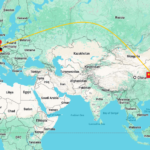

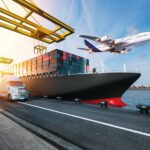
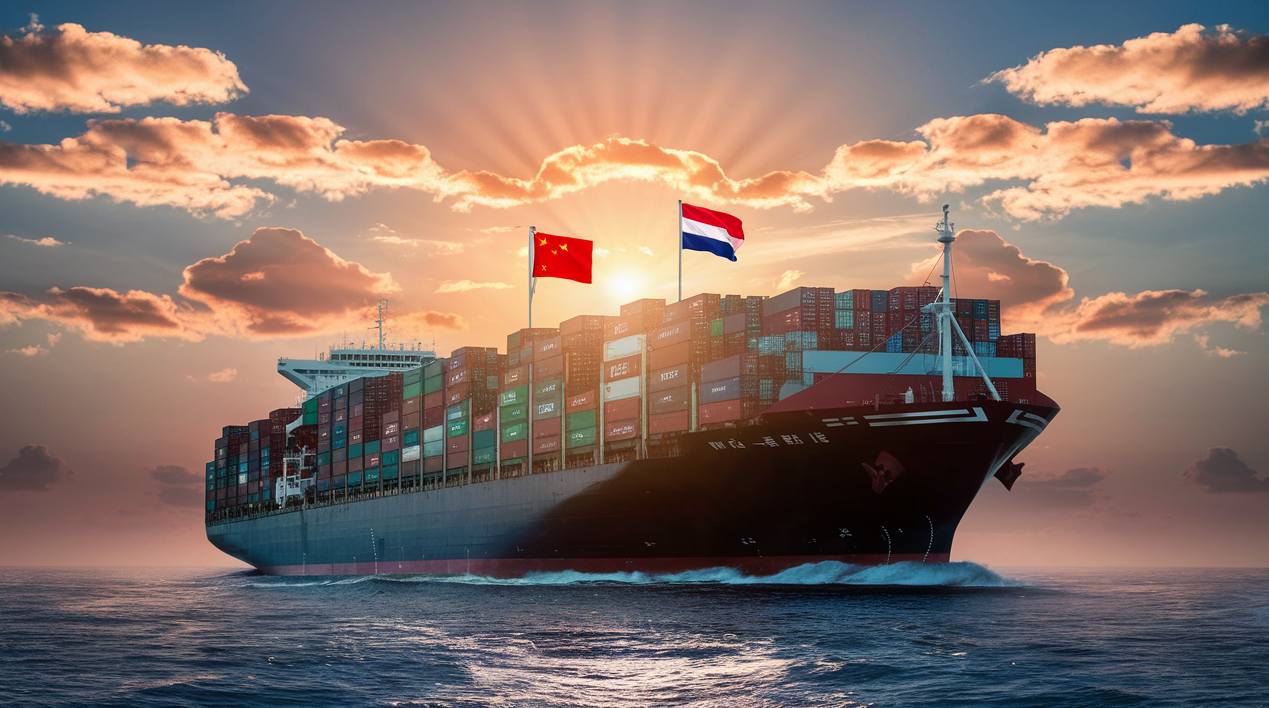
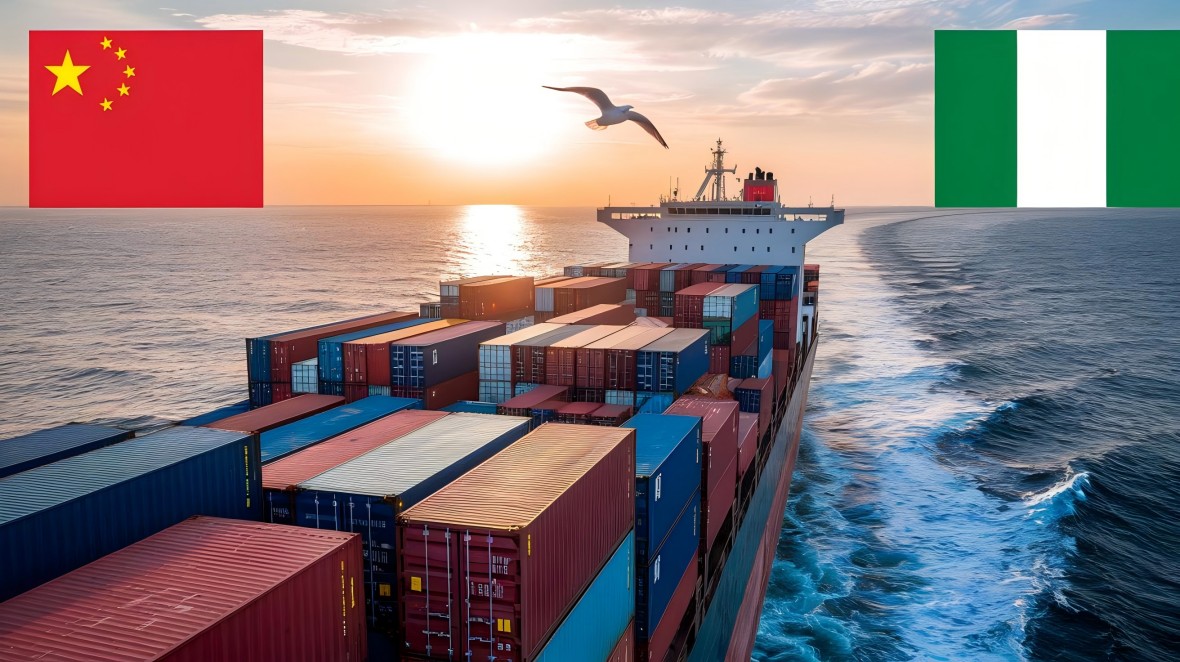
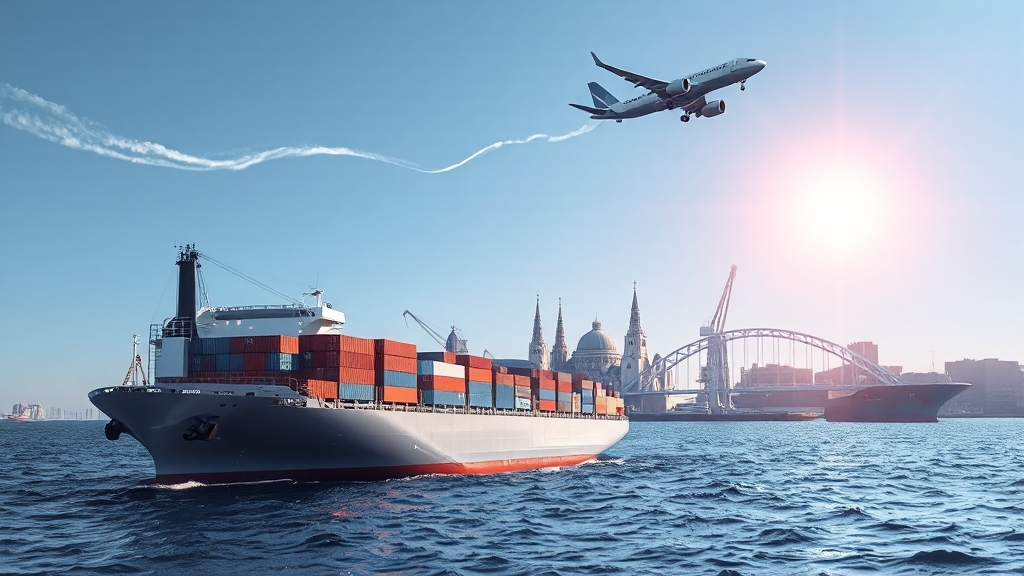
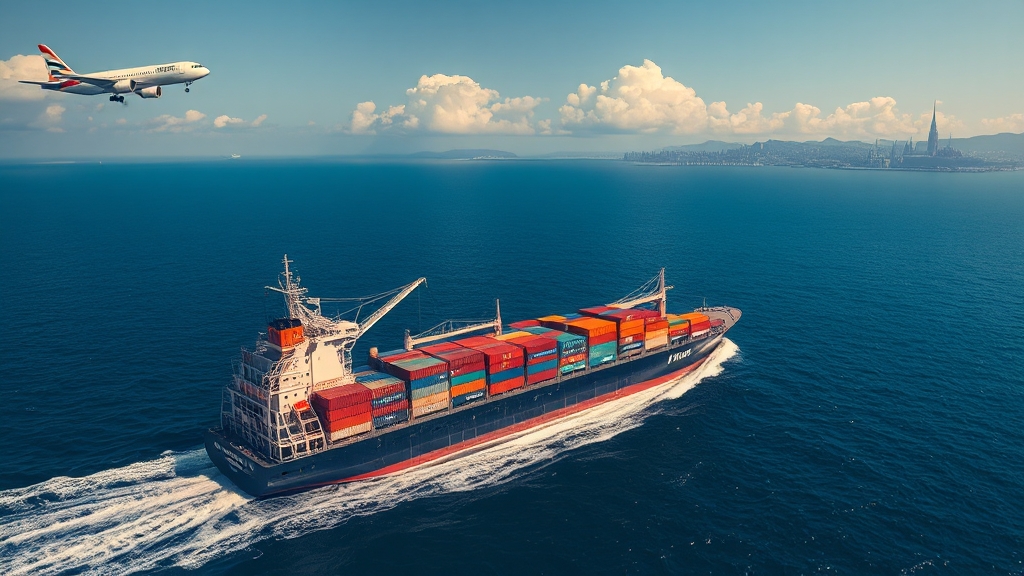
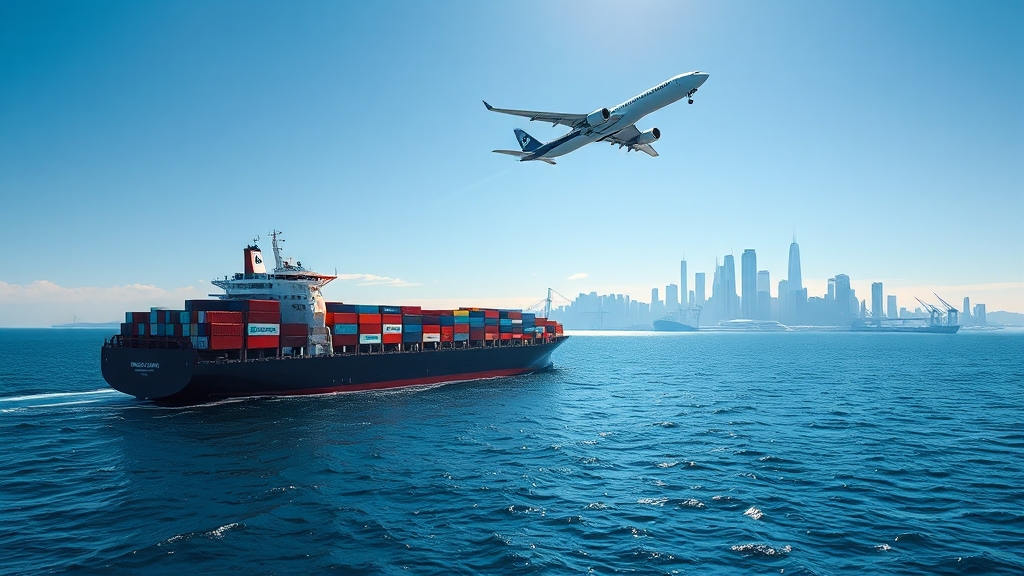





 Afrikaans
Afrikaans Shqip
Shqip አማርኛ
አማርኛ العربية
العربية Հայերեն
Հայերեն Azərbaycan dili
Azərbaycan dili Euskara
Euskara Беларуская мова
Беларуская мова বাংলা
বাংলা Bosanski
Bosanski Български
Български Català
Català Cebuano
Cebuano Chichewa
Chichewa 简体中文
简体中文 繁體中文
繁體中文 Corsu
Corsu Hrvatski
Hrvatski Čeština
Čeština Dansk
Dansk Nederlands
Nederlands English
English Esperanto
Esperanto Eesti
Eesti Filipino
Filipino Suomi
Suomi Français
Français Galego
Galego ქართული
ქართული Deutsch
Deutsch Ελληνικά
Ελληνικά Kreyol ayisyen
Kreyol ayisyen Harshen Hausa
Harshen Hausa Ōlelo Hawaiʻi
Ōlelo Hawaiʻi עִבְרִית
עִבְרִית हिन्दी
हिन्दी Hmong
Hmong Magyar
Magyar Íslenska
Íslenska Igbo
Igbo Bahasa Indonesia
Bahasa Indonesia Gaeilge
Gaeilge Italiano
Italiano 日本語
日本語 Basa Jawa
Basa Jawa ಕನ್ನಡ
ಕನ್ನಡ Қазақ тілі
Қазақ тілі ភាសាខ្មែរ
ភាសាខ្មែរ 한국어
한국어 كوردی
كوردی Кыргызча
Кыргызча ພາສາລາວ
ພາສາລາວ Latin
Latin Latviešu valoda
Latviešu valoda Lietuvių kalba
Lietuvių kalba Lëtzebuergesch
Lëtzebuergesch Македонски јазик
Македонски јазик Malagasy
Malagasy Bahasa Melayu
Bahasa Melayu മലയാളം
മലയാളം Maltese
Maltese Te Reo Māori
Te Reo Māori मराठी
मराठी Монгол
Монгол ဗမာစာ
ဗမာစာ नेपाली
नेपाली Norsk bokmål
Norsk bokmål پښتو
پښتو فارسی
فارسی Polski
Polski Português
Português ਪੰਜਾਬੀ
ਪੰਜਾਬੀ Română
Română Русский
Русский Samoan
Samoan Gàidhlig
Gàidhlig Српски језик
Српски језик Sesotho
Sesotho Shona
Shona سنڌي
سنڌي සිංහල
සිංහල Slovenčina
Slovenčina Slovenščina
Slovenščina Afsoomaali
Afsoomaali Español
Español Basa Sunda
Basa Sunda Kiswahili
Kiswahili Svenska
Svenska Тоҷикӣ
Тоҷикӣ தமிழ்
தமிழ் తెలుగు
తెలుగు ไทย
ไทย Türkçe
Türkçe Українська
Українська اردو
اردو O‘zbekcha
O‘zbekcha Tiếng Việt
Tiếng Việt Cymraeg
Cymraeg יידיש
יידיש Yorùbá
Yorùbá Zulu
Zulu